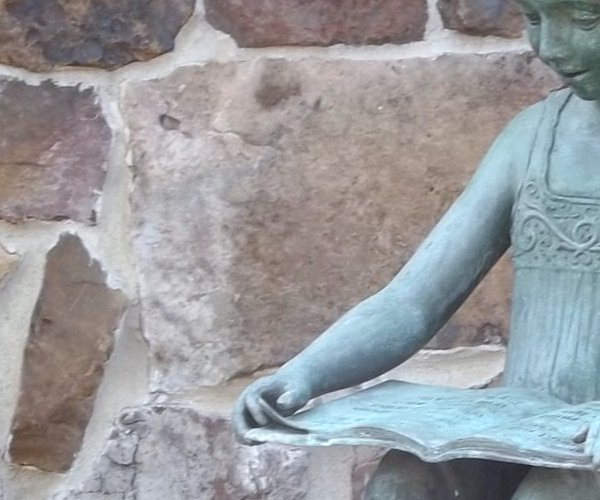Anyone can do CPR...and for many it’s one of those nagging, “I-ought-to-learn” things we try to find time for. The Great Bend Fire Department helped several in the community cross that off their to-do lists Saturday morning.
GBFD personnel provided bystander CPR training on Saturday morning at the Burnside Room at the Great Bend Recreation Center. The come-and-go sessions lasted 15 to 30 minutes and focused on cardiopulmonary resuscitation, specifically the “hands only” method.
In recent year’s, the technique has become the favored training of lay people, in part because the risk of disease transmission is lowered compared to the method that requires mouth-to-mouth resuscitation. Also, there is less to remember in an emergency situation, GBFD personnel said.
“Call 911 and quick compressions is all you need to remember,” they said.
In addition to the preferred compression technique, personnel also used a training automated external defibrillator (AED) device to demonstrate what to do with one should they need to in an institutional environment like a school or public facility.
The AED has sensors that can determine if an electric shock is required to start a victim’s heart again. Attendees at the sessions learned the most important step is turning the machine on. From there, it is programmed to talk the user through next steps. They learned to remove clothing from the chest, and following the diagrams printed on the sensors, place them in the appropriate locations, and then stay clear from the person while the sensors worked. If a shock was necessary, the AED gave the instruction to press the button to administer the shock. This was followed by the instructions to provide chest compressions, and a timer indicated what pace at which to administer them.
In the more likely event an AED is not available, participants in the training were instructed to first dial 911, then begin chest compressions.
“If you are alone and have a cell phone, you should put it on speaker and stay with the operator who will talk you through what to do until we arrive,” instructors said. In the event 911 cannot be reached, continue to do chest compressions for as long as you are able or until the victim indicates through sound or physical motion they are functioning on their own. Then get help.
Some participants inquired if the compressions could hurt the victim. And while they learned that indeed it could, they were reminded what the alternative could be.
American Heart Association studies show that the main factor in a victim’s survival is good chest compressions. This early intervention is often the difference between life and death.
Nationwide, there were over 350,000 out-of-hospital heart attacks reported in 2016. The survival rate where there was bystander CPR administered was 46 percent, compared to 12 percent without the immediate attention.
LIFESAVING MOVES
GBFD teaches compression only CPR at drop-in sessions





